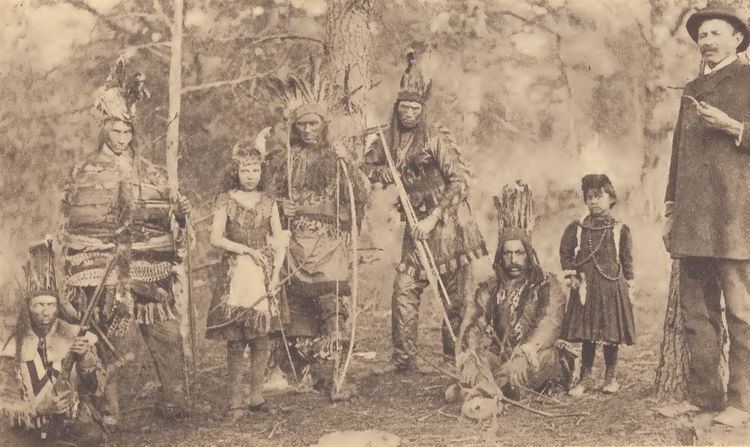 | ||
Pamunkey indian tribe
The Pamunkey Indian Tribe is one of 11 Virginia Indian tribes recognized by the Commonwealth of Virginia, and the state's only federally recognized tribe, receiving its status in 2015. The historical tribe was part of the Powhatan paramountcy, made up of Algonquian-speaking tribes. The Powhatan paramount chiefdom was made up of over 30 tribes, estimated to total about 10,000–15,000 people at the time the English arrived in 1607. The Pamunkey tribe made up about one-tenth to one-fifteenth of the total, as they numbered about 1,000 persons in 1607.
Contents
- Pamunkey indian tribe
- Union tooth and nail the pamunkey indian tribe and the civil war in virginia
- Subsistence and relationship to the land
- Homes
- Government
- History
- European contact
- Original English impressions
- Bacons Rebellion
- Pamunkey Indians today
- Pottery
- Federal recognition
- References
When the English arrived, the Pamunkey were one of the most powerful groups of the Powhatan chiefdom. They inhabited the coastal tidewater of Virginia on the north side of the James River near Chesapeake Bay.

The Pamunkey tribe is one of only two that still retain reservation lands assigned by the 1646 and 1677 treaties with the English colonial government. The Pamunkey reservation is located on some of its ancestral land on the Pamunkey River adjacent to present-day King William County, Virginia. The Mattaponi reservation, the only other in the state, is nearby on the Mattaponi River.
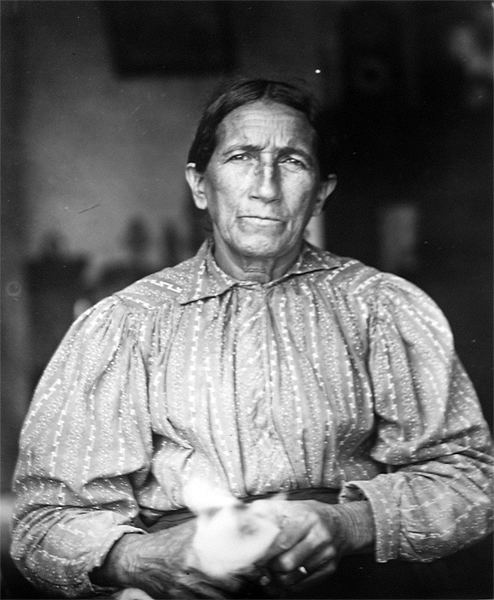
Union tooth and nail the pamunkey indian tribe and the civil war in virginia
Subsistence and relationship to the land
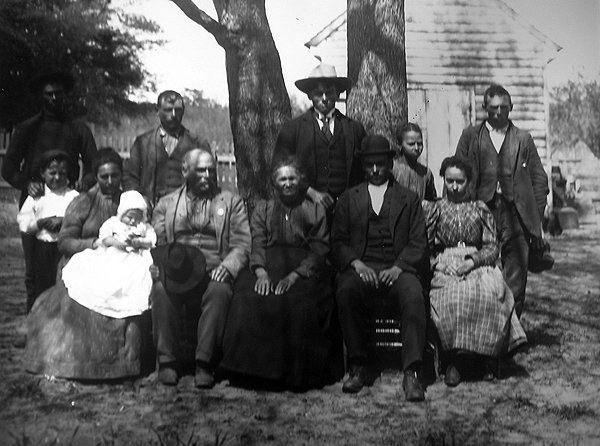
The traditional Pamunkey way of life was subsistence living. They lived through a combination of fishing, trapping, hunting, and farming. The latter was developed in the late Woodland Period of culture, roughly 900 CE - 1600 CE. The peoples used the Pamunkey River as a main mode of transportation and food source. The river also provided access to hunting grounds, and other tribes. Access to the river was crucial, because Pamunkey villages were seldom permanent settlements. Because the Pamunkey people did not use fertilizers, they moved their fields and homes about every ten years to allow land to lie fallow and recover from cultivation.
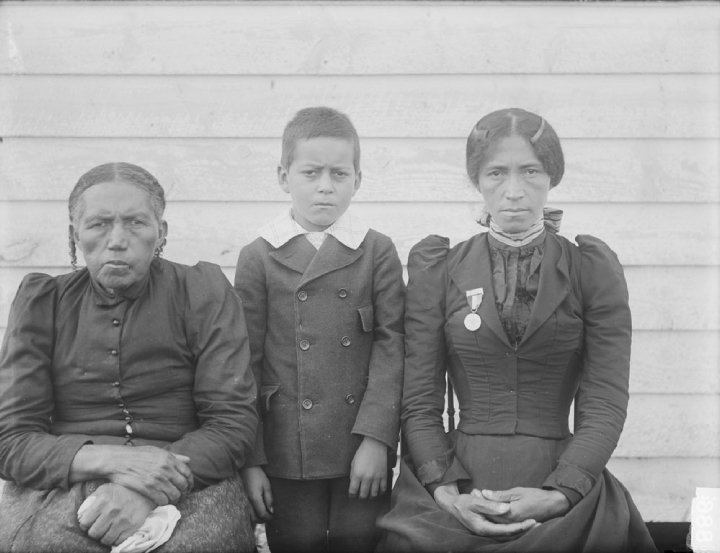
The Pamunkey, and all Virginia tribes, had an intimate, balanced relationship with the animals, plants, and the geography of their homeland. Like other native tribes, they had techniques, such as controlled burning, to clear land for cultivation or hunting. The land belonged to the group as a whole. The chief and council would allot a parcel of cleared ground to a family head for life.
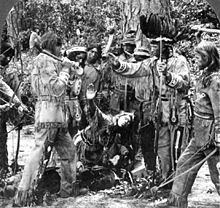
Differing concepts of land and farm animal ownership and use caused some conflicts between the Virginia tribes and English colonists. For native tribes, the land was "owned" only as long as it was farmed; after that, it was available for "public" use. The Englishmen had, instead, laws on private property and believed that the land was theirs as soon as the tribe sold it to them. As a result, when Englishmen allowed land to lie fallow, Native Americans assumed they were free to use it for hunting and gathering. Many Englishmen considered both as encroachments on their private property.
Homes
Pamunkey homes, called yihakans (or yehakins), were long and narrow; they were described as “longhouses” by English colonists. They were structures made from bent saplings lashed together at the top to make a barrel shape. Indians covered the saplings with woven mats or bark. The 17th-century historian William Strachey thought that bark was harder to acquire, as he noticed that only higher-status families owned bark-covered houses. In summer, when the heat and humidity increased, the mats could be rolled up or removed to allow more air circulation.
Inside the house, they built bedsteads along both walls. They were made of posts put in the ground, about a foot high or more, with small poles attached. The framework was about four feet (1.2 m) wide, over which reeds were put. One or more mats were placed on top for bedding; more mats or skins served as blankets, with a rolled mat for a pillow. The bedding was rolled up and stored during the day to make the space available for other functions.
Government
The Pamunkey practice of matrilineal succession also created some confusion for Englishmen, who finally in the 1677 Treaty of Middle Plantation recognized the Pamunkey queen. As with other tribes in the Powhatan confederacy, the Pamunkey also had a weroance (chief) and a tribal council composed of seven members, elected every four years. The chief and council execute all the tribal governmental functions as set forth by their laws. Traditional elections used a basket, as well as peas and corn kernels, in the same number as voters. Members first voted for the chief, followed by votes for the seven council members. For each candidate, a corn kernel signified approbation and a pea a "no" vote, or if there were but two candidates, each could be indicated by a type of seed.
The same 1896 study noted that tribal laws were concerned with, but not limited to, controlling land use, stealing, and fighting (breaking the peace). Instead of using corporal punishment, incarceration, or chastisement, anyone who broke a tribal law was fined or banished. Because the Pamunkey resented that in the past, outsiders picked out some laws for ridicule, no outsiders are now allowed to see tribal laws.
Tribal laws govern all civil matters. In criminal matters, outside authorities respect tribal authority, so a sheriff must receive the chief's permission to serve a warrant. The tribe does not operate a police force or jail. Most tribal members obey the tribal laws out of respect for the chief and the council. The tribe discourages verbal attacks against members. As the Chief Brown explains, they have strict slander laws because, "We're like a 400-year-old subdivision. If we didn't get along we'd have probably killed each other long before now."
The chief continued to pay the annual tribute to Virginia's governor. This consists of game, usually a deer, and pottery or a "peace pipe". The Pamunkey have been paying such tribute since the treaty of 1646. Making this annual payment has not always been easy. Chief Miles remembers one year that was particularly hard, "We couldn't find anything, no deer, no turkeys--nothing. My dad was chief then, and we knew we had to have something to present to the governor; so we went to a turkey farm, bought a live turkey, brought it back to the reservation and killed it. That way we were able to fulfill the terms of the treaty--after all it was killed on the reservation." As far as anyone knows, they have not missed a payment in 331 years.
History
Based on archaeological evidence, scholars estimate that various distinct cultures of Native Americans occupied this part of the mid-Atlantic coast for more than 10,000 years before European contact. Evidence has been collected by archaeologists, anthropologists, and historians. Varying indigenous peoples of the Americas lived in the areas later occupied by the historic Pamunkey.
The Pamunkey are part of the larger Algonquian-speaking language family. This was composed of a number of tribes who spoke variations of the same language, a language now mostly lost. By 1607, more than 30 tribes were tributaries of the Algonquian Powhatan Confederacy, of which the Pamunkey were the largest. They were one of the most powerful tribes. Powhatan and his daughter Matoaka (Pocahontas), who achieved historical fame, were Pamunkey Native Americans. Captain Samuel Argall abducted her as a hostage in an attempt to secure the release of some English prisoners and ammunitions held by her father.
European contact
Initial contact with Europeans was around 1570. “And from [1570] on at ever briefer intervals until the first permanent English colony was established at Jamestown in 1607, the Powhatan Confederacy was visited by white men: Spanish, French, and English” (Barbour, 5). Scholars estimate that when the English arrived in 1607, this paramount chiefdom numbered about 14,000–21,000 people.
Colonists of the first successful English settlement, based at Jamestown, had a complicated relationship with Virginia Indians. In the winter of 1607, Opechancanough, chief of the Pamunkey tribe, captured Captain John Smith. Smith was brought to the paramount chief, Chief Powhatan. This first meeting between Powhatan and Smith resulted in an alliance between the two people. Powhatan sent Smith back to Jamestown in the spring of 1608 and started sending gifts of food to the colonists. If not for Powhatan's donations, the settlers would not have survived through the first winters. As the settlement expanded, competition for land and other resources, and conflict between the settlers and Virginia tribes, increased.
Original English impressions
The story of Pocahontas (Matoaka) tells a piece of Pamunkey history, but from an English perspective. Study of primary documents from the time of English arrival show that initial contact was characterized by mutual cultural misunderstanding. Colonists portrayed the Virginia tribes by contrasts. They had respect for Powhatan, but characterized other Native Americans by terms such as “naked devils”, showing fear. Fear and appreciation of Native Americans was coupled with distrust and uneasiness. George Percy’s account of the early years expresses such duality: “It pleased God, after a while, to send those people which were our mortal enemies to relieve us with victuals, as bread, corn fish, and flesh in great plenty, which was the setting up of our feeble men, otherwise we had all perished”.
The English distrusted most tribes, but they noted the Pamunkey did not steal. “Their custom is to take anything they can seize off; only the people of Pamunkey we have not found stealing, but what others can steal, their king receiveth.”
Powhatan could not understand the English approach. "What it will avail you to take by force you may quickly have by love, or to destroy them that provide you food? What can you get by war, when we can hide our provisions and fly to the woods? Whereby you must famish by wronging us your friends. And why are you thus jealous of our loves seeing us unarmed, and both do, and are willing still to feed you, with that you cannot get but by our labors?" Smith included this translation of Powhatan's questions in his writings.
Powhatan’s maternal brother and ultimate successor, Opechancanough, launched attacks in 1622 and 1644 as a result of English encroaching on Powhatan lands. The first, known as the Indian Massacre of 1622, destroyed settlements such as Henricus and Wolstenholme Towne, and nearly wiped out the colony. Jamestown was spared in the attack of 1622 due to a warning. During each attack, about 350–400 settlers were killed. In 1622, the population had been 1,200, and in 1644, 8,000 prior to the attacks. Captured in 1646, Opechancanough was killed by an English guard, against orders. His death contributed to the decline of the Powhatan chiefdom.
In 1646, the first treaty was signed between the Opechancanough's successor, Necotowance, and the English. The treaty set up boundaries between lands set aside for the Virginia tribes and those that were now considered English-owned, reservations lands, and yearly tribute payment of fish and game (made to the English). These boundaries could not be crossed unless it was on official business and badges had to be worn to illustrate the point.
The Virginia Colony continued to grow and encroach on Powhatan land, making it impossible for them to sustain traditional practices. Many Pamunkey were forced to work for the English or were enslaved. As the colonial settlement grew, so did settlers with their resistance to Native American attacks.
Bacon's Rebellion
Bacon's Rebellion, which began in 1675, resulted in attacks on several tribes that were loyal to the English. The rebellion was a joint effort of white and black former indentured servants. The rebellion was led by Nathaniel Bacon against his relation, Governor Sir William Berkeley. The cause of the rebellion was Berkeley's refusal to come to the aid of colonists subjected to frequent raids and murder by natives. Bacon and other colonists, former indentured servants, were victims of raids by local Virginia tribes. Bacon's overseer was murdered by raiding Indians.
Cockacoeske (weroansqua of the Pamunkey), who succeeded her husband after he was killed fighting for the English, was an ally of Berkeley against Bacon. To the English, she was known as "Queen of the Pamunkey". She is known for having signed the Articles of Peace (Treaty of Middle Plantation) in 1677, after Bacon's Rebellion ended. As a result of the treaty, she gained authority over the Rappahannock and Chickahominy tribes, which had not formerly been under the paramount chiefdom of the Pamunkey. Completion of the treaty ushered in a time of peace between the Virginia tribes and the English. This treaty was signed by more tribal leaders than that of 1646. It reinforced the annual tribute payments and added the Siouan and Iroquoian tribes to the Tributary Indians of the colonial government. More reservation lands were established for the tribes, but the treaty required Virginia Native American leaders to acknowledge they and their peoples were subjects of the King of England.
Pamunkey Indians today
Today, about 200 tribal members remain, many of whom live at least part-time on their 1,200-acre (4.9 km2) reservation.
The Pamunkey have been able to survive because of their ability to adapt as a tribe. Withstanding pressure to give up their reservation lands has helped them maintain traditional ways. Men use some of the old methods for fishing, part of the tribe's traditional heritage. They also continue to hunt and trap on reservation lands.
In 1918, the tribe built a shad hatchery to ensure continuation of an important food source. When shad are caught, the eggs of females are taken and placed into a bucket. Sperm from males are put into the same bucket. At holding tanks, the fertilized eggs are allowed to grow and hatch. Once the new fish are grown enough, usually after 21 days, they are flushed back into the river. Chief Miles estimated that seven million fry were put back into the river in 1998 and probably triple that number in 1999.
Pottery
The Pamunkey tradition of pottery making dates back to before the English settled Jamestown. They have been using clay from the banks of the Pamunkey River since prehistoric times. Many continue to use the traditional method. To do so, they let the clay dry, then break it into smaller pieces. These pieces are soaked in water until reaching the consistency of cream. The clay is strained to remove rocks or debris. The water is drained and pressed out until the clay is like dough. It is then ready to be made into pots. Traditional pottery by Pamunkey ancestors of the Woodland Period was strengthened with crushed or burned shells, crushed steatite, river pebbles, or quartz sand.
In 1932, during the Great Depression, the state of Virginia helped the Pamunkey develop their pottery as a source of income. The state set up a program for a pottery school and provided a teacher. The state furnished materials for the building, but the tribe built it themselves. Tribal members learned methods to increase the speed of manufacture. They incorporated firing pottery in a kiln and using glazes into their techniques. They learned to use squeeze molds to produce copies of pots quickly. Kiln firing produced finished pottery of more uniform brown tones than the shades of gray from traditional pottery techniques.
Pamunkey pottery-makers learned how to paint and glaze pots. The teacher taught them designs and pictographs based on well-known and popular Southwestern Native American traditions. Two pictographs represent important stories to the tribe: the story of Captain John Smith and Pocahontas and the story of the treaty that set up payments of game. After the teacher left the school, some members returned to traditional pottery techniques.
Today, Pamunkey use both traditional and newer techniques to create their pieces. To differentiate, pots made the traditional way are called 'blackware'. The Pamunkey Indian Museum has a variety of vessels, as well as videos and exhibits, that explain the differences in construction methods, types of temper, and decorating techniques.
The Pamunkey ensured their Pamunkey Indian Tribe Museum, built in 1979, resembled the traditional yehakin. Located on the reservation, the museum provides visitors with insight into the tribe's long history and culture. Included are artifacts from more than 10,000 years of indigenous settlement, replicas of prehistoric materials, and stories. The Smithsonian Institution recently selected the Pamunkey as one of 24 tribes to be featured in the National Museum of the American Indian in Washington, DC.
Federal recognition
The Commonwealth of Virginia has always recognized the Pamunkey tribe, with formal relations dating back to the treaties of 1646 and 1677. However, since the United States did not exist at the time of those treaties, no formal relations existed between the Pamunkey and the federal government. In 1982, the Pamunkey began the process of applying for federal recognition. Their formal application met with opposition from MGM Casinos, which feared potential competition with its planned casino in Prince George's County, Maryland, and from members of the Congressional Black Caucus, who noted that the tribe had historically forbidden intermarriage between its members and black people. The interracial marriage ban, which had long been unenforced and was formally rescinded in 2012, was a relic of the tribe's attempt to circumvent Virginia's Racial Integrity Act of 1924, which recognized only "White" and "Colored" people. The Bureau of Indian Affairs initially said that the Pamunkey had met its requirements for federal recognition in January 2014, but the final decision was repeatedly delayed until July 2, 2015, when the BIA granted them formal recognition.. In February 2016 the Pamunkey received a court victory over a challenge to their right to exist.
